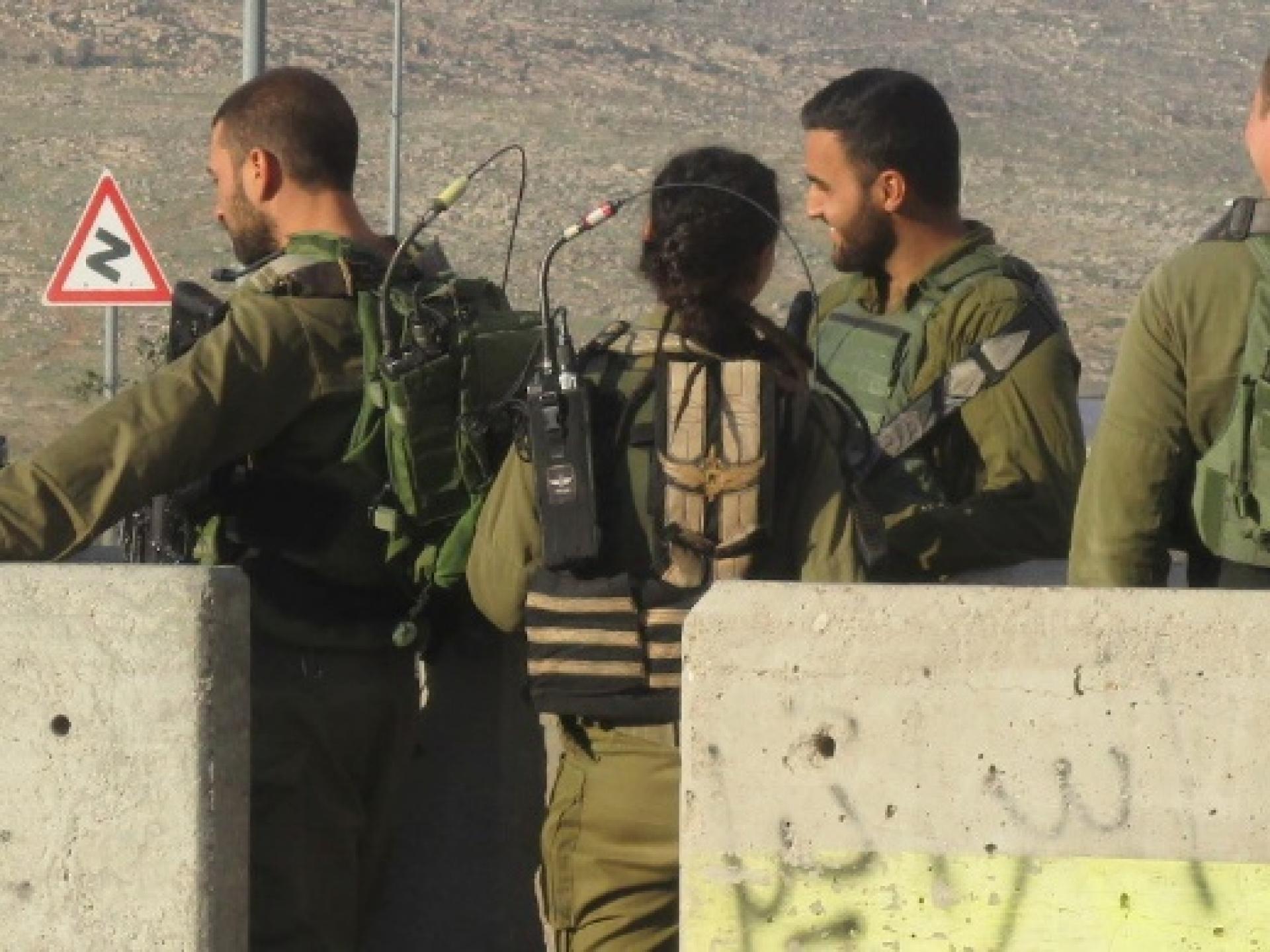Hizma, Qalandiya
Closure is no divine edict. Closure is edict by the regime.
is no divine edict. Closure is edict by the regime.
One should, one must expose the warped and false and racist character of the decision to impose closure upon millions of humans because of the Jewish holidays.
So here we go:
In generic terms the Coordinator of the Government’s Actions in the (Occupied) Territories announced that “during closure, passage will be permitted only in medical and exceptional humanitarian cases, pending confirmation by said COGAT”.
As usual COGAT is vague and does not stick to the truth. Once again – the hollow announcement lacks specific criteria.
Looking into this on the ground and in the media one discovers that those benefiting from “exceptions” are not ill or needy Palestinians, but rather Jewish industrialists whose wealth comes from the sweat of the brow of their Palestinian workers, just like the Jewish owners of farmlands cultivated by Palestinians – who turned to the Minister of Agriculture, who in his turn turned to COGAT demanding to release them from closure terms and was favored.
Those not included in the medical humanitarian criteria, and to whom closure is applied without exception are the inhabitants of the Gaza Strip. The few – of the many seriously ill – who were had previously been allowed to leave to hospitals in the West Bank and in Jordan, and had terminated their hospitalization and needed to rest and recover at home – are now not allowed to return there, so that both children and adults remain stuck somewhere. Neither patients nor their accompaniers were seen at Qalandiya Checkpoint. They probably remain hospitalized, said one who knows.
Only after the Passover week is over, when the Jews will finish touring and barbecuing, will these Palestinians allowed to travel back home.
Military presence harasses Hizma villagers again.

Two military vehicles came to the entrance to the village, seven armed men and women disembarked, two (right-hand in the photo) walked several dozen meters from the road to some stone slabs, stopped, urinated in a public space that is not theirs, not their home – and went back.
They come every day, said an acquaintance, sometimes once or twice a day, sometimes they just stand there, and sometimes they stop cars and inspect IDs.
